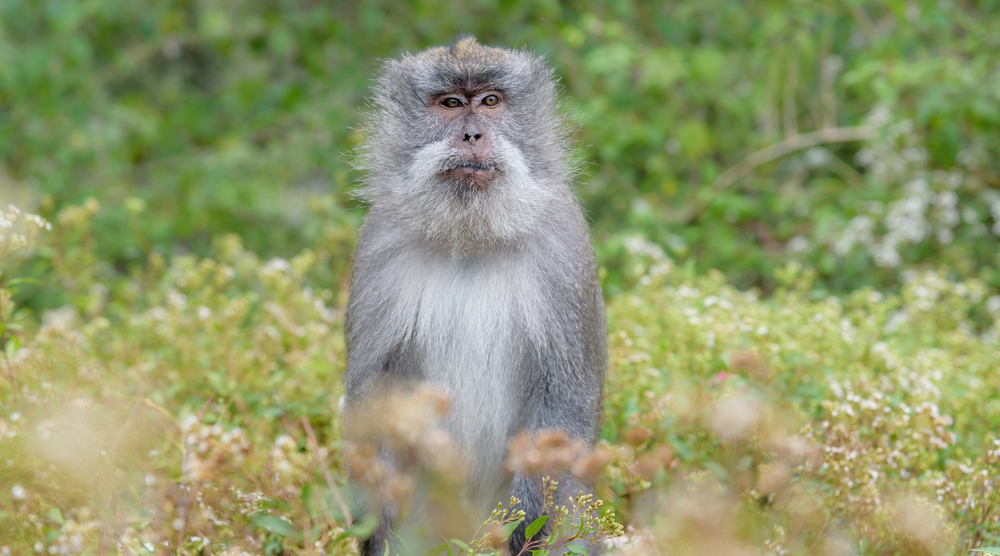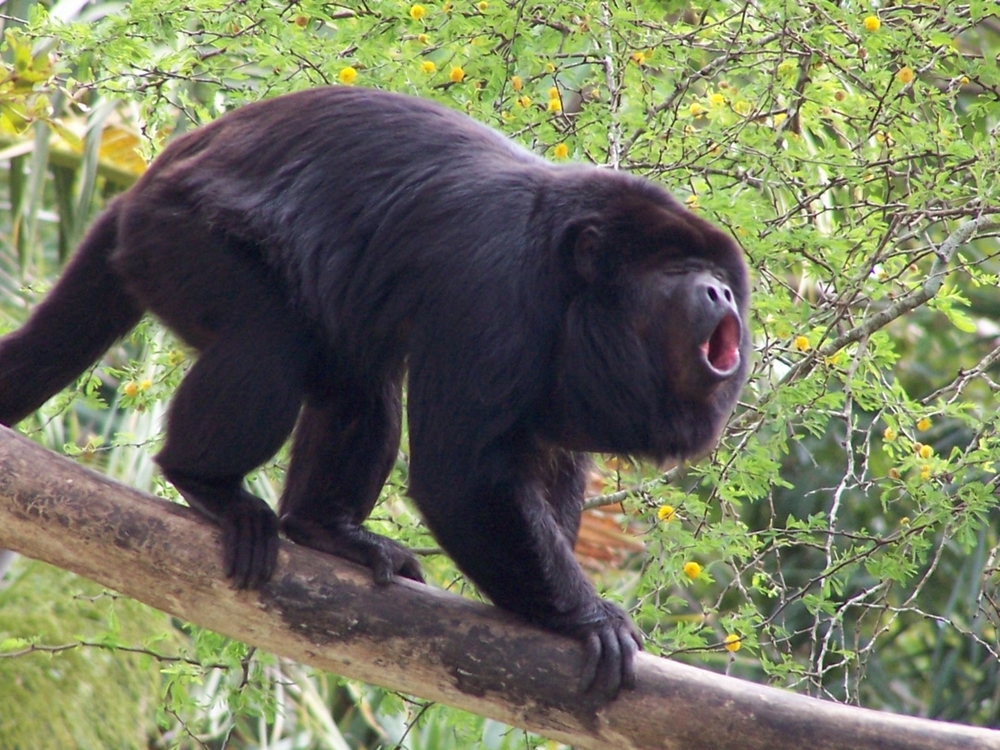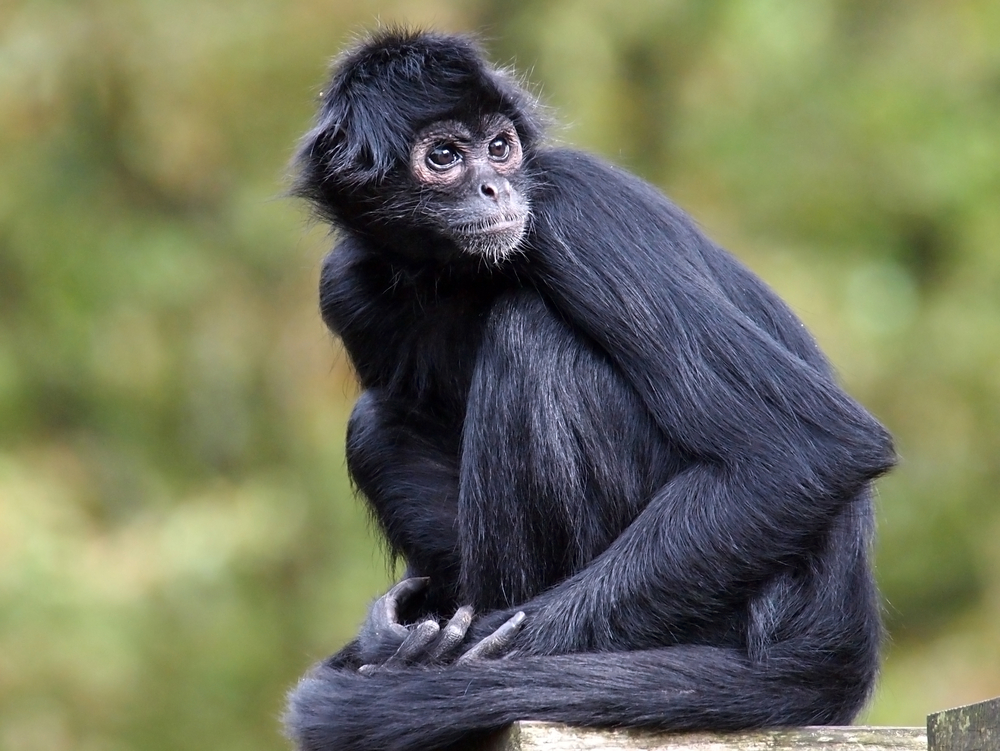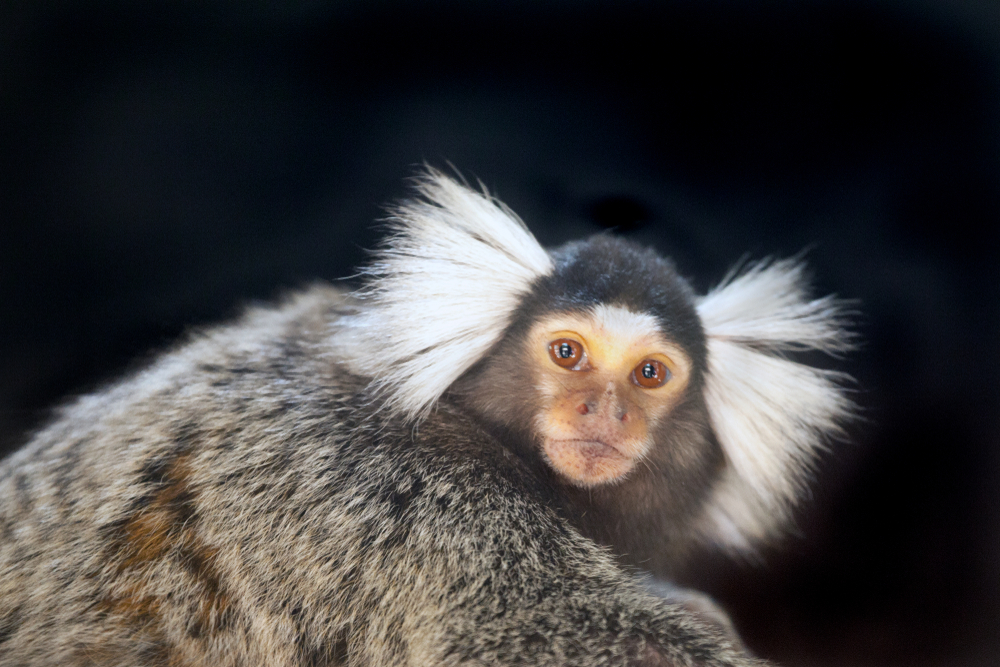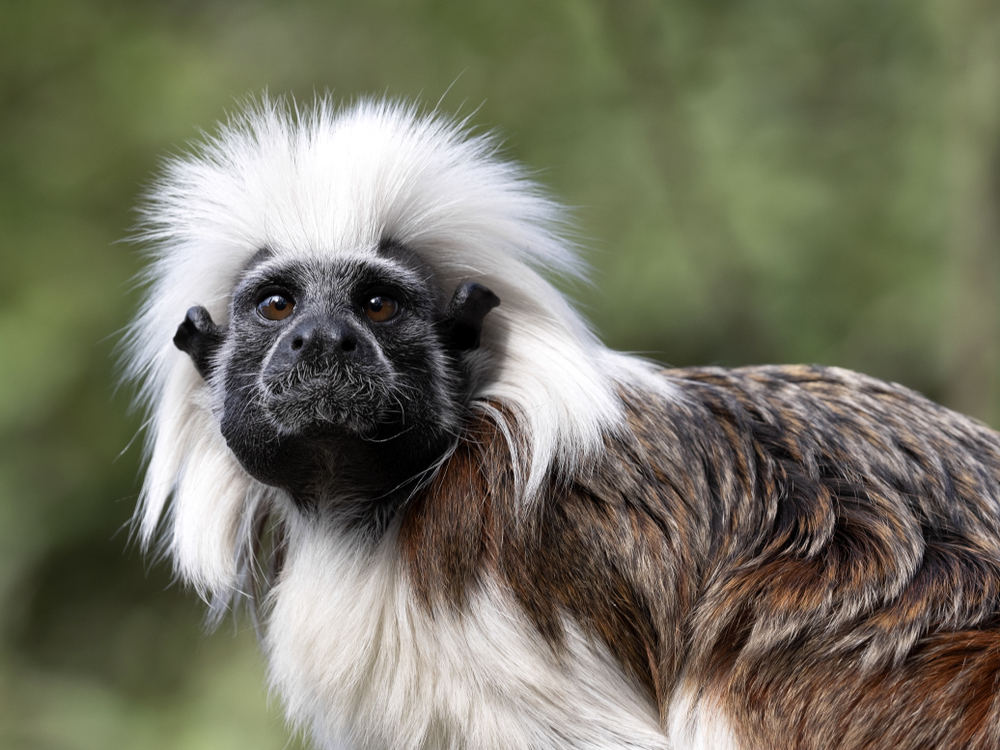About
#Mammals
The crab-eating macaque (Macaca fascicularis), also known as the long-tailed macaque, is a highly adaptable and social monkey native to Southeast Asia. Belonging to the Cercopithecidae family, this primate inhabits a wide range of environments—from mangrove swamps and coastal forests to cities and temples—across countries such as Indonesia, Thailand, the Philippines, Malaysia, and Cambodia.
Adult crab-eating macaques typically weigh 3–9 kilograms (6.6–19.8 pounds) and measure 40–65 cm (16–25 inches) in body length, with a distinctive tail often longer than their body. They have grayish-brown fur, expressive eyes, and agile limbs that make them excellent climbers and swimmers. Despite the name, crabs are only a minor part of their diet; they are opportunistic omnivores that feed on fruits, seeds, leaves, insects, small animals, and human-provided food in urban areas.
These macaques live in large, hierarchical troops led by dominant males and composed of complex social relationships. Grooming is an important social activity, used to build alliances and reduce tension. Their intelligence and boldness have helped them thrive alongside human populations, but also led to conflict, particularly in tourist areas and agricultural zones.
Crab-eating macaques are frequently used in biomedical research due to their genetic similarity to humans, raising ethical and conservation concerns. While still common in the wild and classified as Least Concern by the IUCN, their populations face threats from habitat destruction, hunting, and illegal wildlife trade.
Resourceful, intelligent, and socially complex, the crab-eating macaque is a prime example of primate adaptability in the face of environmental change and human encroachment.
Threatened:
Extinct
Critically Endangered
Endangered
Vulnerable
Near Threatened
Least Concern



































































